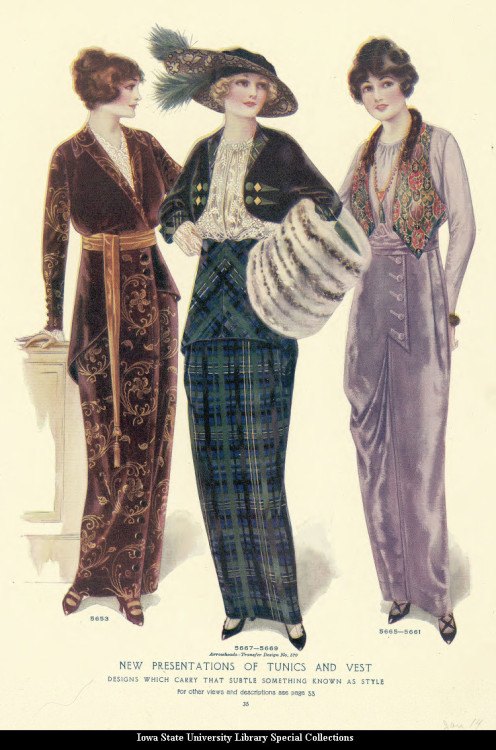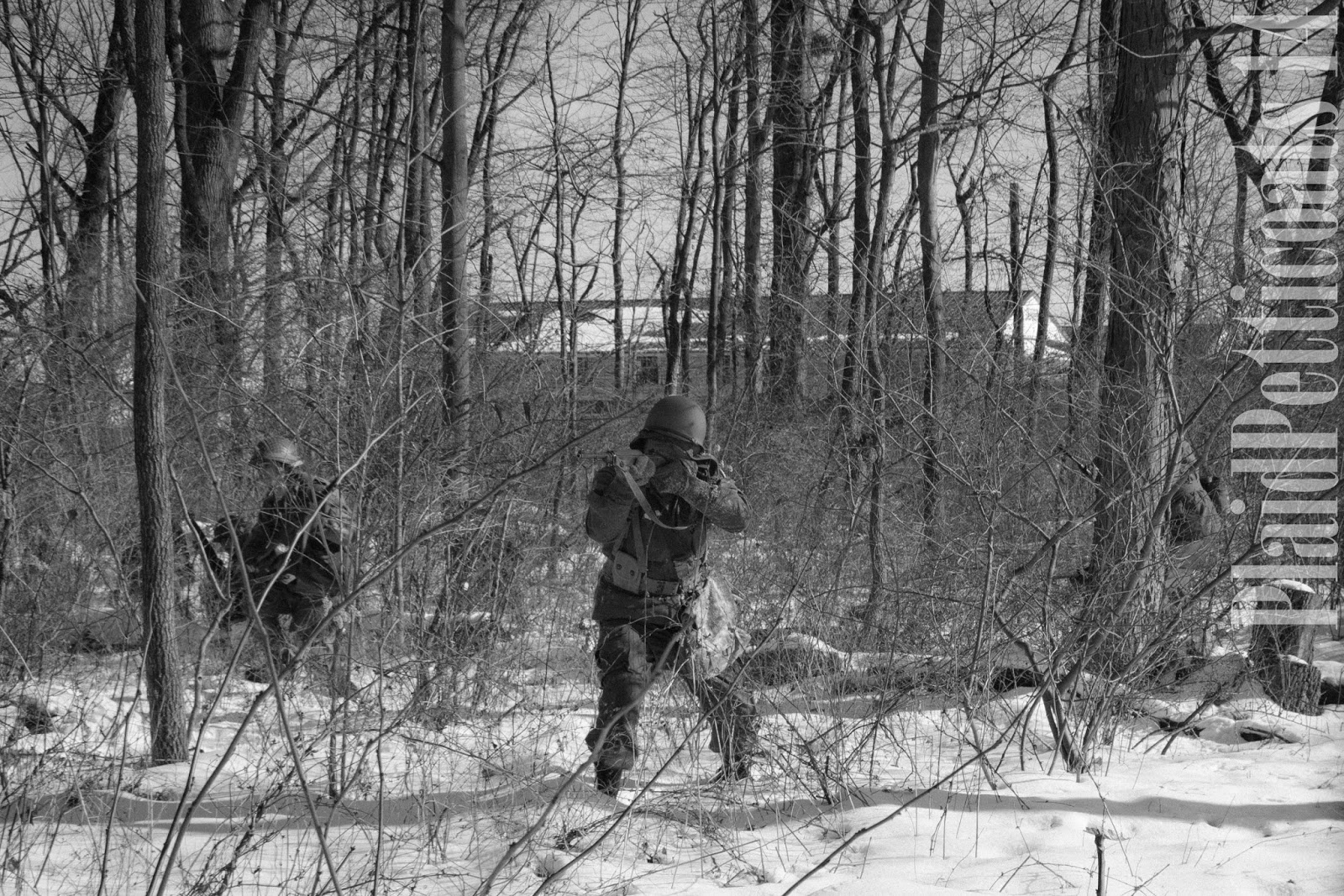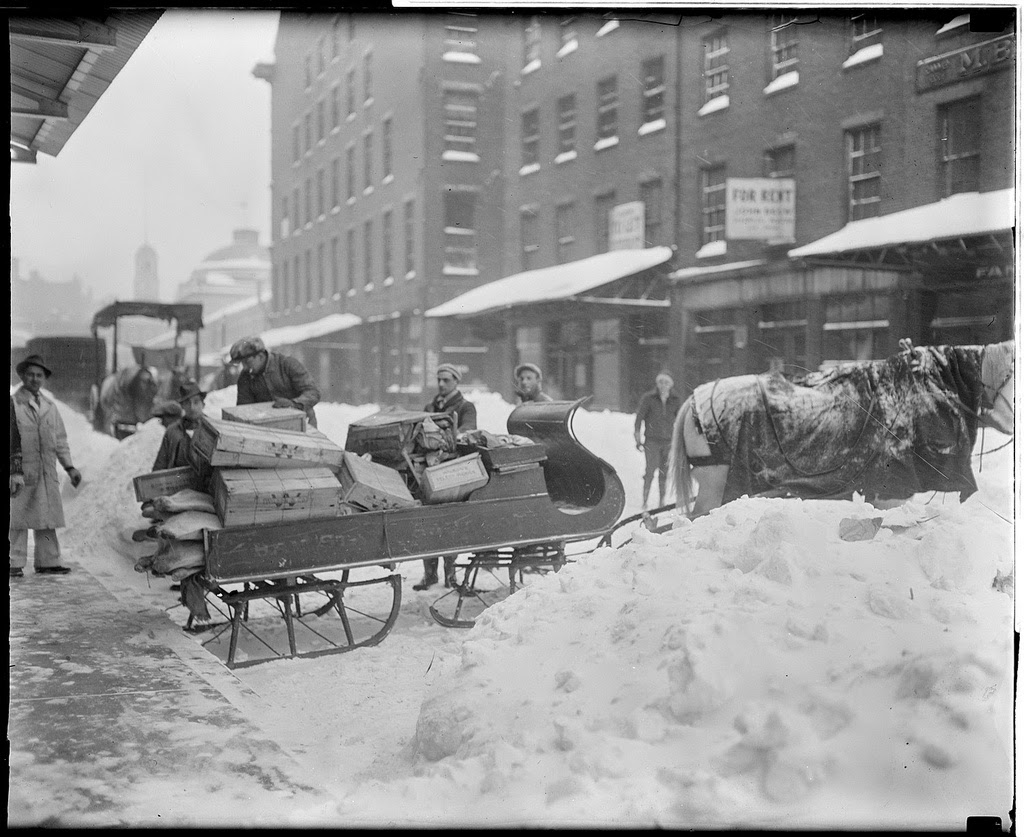In
November 2013, I participated in the America's Hometown Thanksgiving living history event for the first time as a women's suffragist. Since the only 19teens clothes I had up until then were evening dresses, this also meant making a new ensemble. I'll be honest: ragtime styles have never particularly called to me, so I decided that if I was going to put in the time/effort to make a 1914 outfit, I wanted to make something a little crazy and very fashionable for the early 1910s. After some poking about, I settled on making a "hobble skirt"--a skirt that narrows perceptibly at the knee, with such a narrow hem it actually interferes with taking a full stride.
 |
| A fashionable ensemble with the narrowed "hobble" hem, 1913 |
Hobble skirts were all the rage, but they were
so dumb. There are newspaper articles from the period (you can read examples
here and
here) discussing the difficulties for walking, getting into and out of cars or trams, and generally functioning in these. Naturally, I thought they were hilarious and I wanted one. (Not to mention, I figured they'd be easy to do and I needed a quick project).
 |
| In Plymouth, 2013 |
So I did make a hobble skirt, and it came out pretty well! But it was super dumb, and I spent all day getting laughed at (good natured-ly by my friends, and not so kindly by some of the other participants).
 |
| you can see the very narrow hem here |
It frustrated me. So this past November, when I started planning for our suffrage rally round 2, I knew I wanted to widen out my hobble. Because not only was it frustrating and super dumb to wear, it also made me realize that the hobble skirt represented the exact attitude suffragists were fighting.
 |
| A cartoon mocking women trying to move quickly in hobble skirts |
 |
| Postcard of a girl in a hobble skirt pointing to her feet and saying "I can't kick!" |
There seems to be an attitude in articles about the fad of "stupid women, wearing clothes they can't move in." There was even a movie from the period called
The Suffragettes and the Hobble Skirt (1910), which seems to not exist anymore, but the plot of which is described as "a persecuted man gives women hobble skirts and they are jailed." Essentially, the hobble skirt fashion is used as women's own downfall from their fight for the vote (source on the film
here).
I'm not trying to argue that women who were suffragists did not ever participate in popular fashions, or that a suffragist would never wear a hobble skirt. It's absolutely possible--believing women should have the right to vote doesn't mean you can't also like dumb things. (I certainly believe in both women's rights and dumb fashions.) But I do think that when we, as living history presenters, wear historical clothes at events, we might be the only exposure some people have to the period--and that is worth keeping in mind when planning ensembles. That first year, wearing the hobble skirt, I encountered a lot of the same attitudes from other people at the event that I encountered in texts from the 19teens.
And that definitely wasn't the impression of the women's suffrage movement I wanted to present.
So the night before our second round of rallies I set to work (I know, I know...last minute...). The first step was to release the pleats from the original skirt, to give my self full range of motion. It's still narrow, in keeping with the 1914 silhouette, but with enough room to function. Next I used the leftover fabric from the stash (thank goodness for buying too much!) to create an over-layer, which made the now very boring skirt tube look way more interesting.
I took inspiration from the layered skirts in fashion plates like these:
 |
| dresses, 1914 |
 |
| ensembles with tiered skirts, 1914 |
 |
| my favorite (of course): plaid tunic skirt |
I ended up with something I am much, much happier with.
 |
| I ended up ditching the original jacket I made--maybe by next year I'll have fixed that too... |
I think in the end the over-layer is too long (it was supposed to be sorter, but it kept sliding down my hips), but aside from that I'm really satisfied with this. The plaid wool is warm, the shape is fun and stylish, but most of all--it's functional. I did just fine climbing around all day in 20 degree weather (well, I could move...I was pretty cold!), and I didn't feel super dumb. Hooray!
 |
| I also love the way it moves in the wind |
And I do mean this is functional, even though it still keeps the narrow look. I even went ice skating in it as part of our 1890s weekend in January! (Also, since we were ice skating, these are all cell phone pics...sorry!)
 |
| on the ice |
 |
| oh hey! range of motion! (and closed eyes...whoops.) |
In the end, I'm happy with this project--and I'm excited to wear it again as we rally!








































